Steaming ice crabs to perfection is a culinary skill that blends precision with patience. Often hailed as a delicate seafood delicacy, ice crabs—also known as Chionoecetes species or snow crabs—are prized for their sweet, tender meat and briny flavor. However, achieving the ideal texture and taste hinges on one critical factor: cooking time. Overcooking can render the meat tough and rubbery, while undercooking poses health risks. This article delves into the science and techniques behind steaming ice crabs, exploring variables such as size, quantity, and equipment to equip home cooks and professional chefs alike with the knowledge to master this dish.
Understanding Ice Crabs: A Brief Overview
Ice crabs inhabit the frigid waters of the North Pacific and Arctic Oceans, where their slow growth contributes to their prized meat quality. Their shells are typically reddish-brown with white markings, and their legs are long and slender. Unlike king crabs, ice crabs have a milder flavor profile, making them versatile for various preparations, from simple steaming to elaborate soups and salads.
When purchasing ice crabs, freshness is paramount. Look for specimens with intact legs, vibrant color, and a faint oceanic scent. Frozen crabs are acceptable but require proper thawing before cooking to ensure even heat distribution.
The Science of Steaming: Why It Works
Steaming is a moist-heat cooking method that uses vaporized water to transfer heat to food. This technique preserves the crab’s natural juices while gently cooking the meat, preventing it from becoming dry or waterlogged. The process also allows aromatic ingredients like ginger, garlic, or herbs to infuse the meat subtly, enhancing flavor without overpowering it.
The key to successful steaming lies in maintaining a consistent temperature—ideally between 212°F (100°C) and 250°F (121°C). At these temperatures, the crab’s connective tissues break down gradually, resulting in tender, succulent meat.
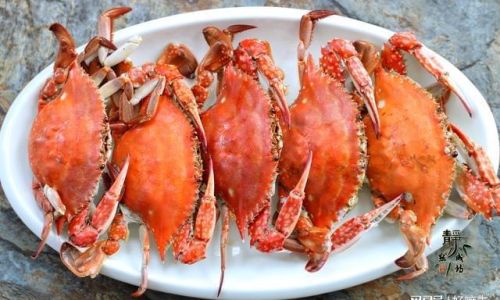
Factors Influencing Steaming Time
No two ice crabs are identical, and several variables affect cooking duration:
- Size and Weight: Larger crabs require more time to cook thoroughly. A crab weighing 1.5–2 pounds (680–900 grams) will take longer than a smaller specimen.
- Quantity: Overcrowding the steamer basket traps steam, creating uneven heat. Cook crabs in batches if necessary.
- Equipment: The thickness of the pot, lid fit, and heat source (gas vs. electric) impact temperature consistency.
- Altitude: At higher elevations, water boils at lower temperatures, potentially increasing cooking time.
- Thawing Status: Frozen crabs need 10–15% longer cooking times than thawed ones.
Preparing Ice Crabs for Steaming
Proper preparation ensures even cooking and optimal flavor:
- Thawing: If using frozen crabs, thaw them slowly in the refrigerator for 24 hours. Avoid microwave thawing, which can partially cook the meat.
- Cleaning: Rinse crabs under cold water to remove ice glaze (if frozen) or debris. Some chefs brush the shells lightly to eliminate impurities.
- Cracking (Optional): Pre-cracking the legs or splitting the body halves reduces cooking time by 3–5 minutes. However, this step is purely optional and often reserved for larger crabs.
- Aromatics: Place ginger slices, lemon wedges, or herbs like cilantro in the steaming liquid to impart subtle flavor.
Steaming Time Guidelines by Crab Size
The following table outlines recommended steaming times for ice crabs based on weight and preparation method:
| Crab Weight (Thawed) | Whole, Uncracked | Halved or Legs Only |
|---|---|---|
| 1–1.5 lbs (450–680g) | 12–15 minutes | 8–10 minutes |
| 5–2 lbs (680–900g) | 15–18 minutes | 10–12 minutes |
| 2–2.5 lbs (900–1.13kg) | 18–22 minutes | 12–15 minutes |
Note: Add 3–5 minutes for frozen crabs.
Step-by-Step Steaming Process
-
Set Up the Steamer:
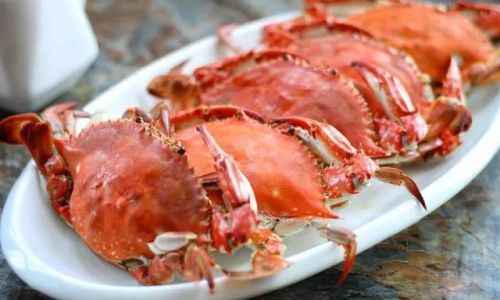
- Fill a large pot with 2–3 inches of water. Add aromatics if desired.
- Place a steamer basket or rack above the water, ensuring it doesn’t touch the liquid.
- Cover the pot and bring the water to a rolling boil over high heat.
-
Arrange the Crabs:
- Place crabs in a single layer on the steamer basket. Avoid overlapping.
- For whole crabs, position them belly-side down to prevent juice leakage.
-
Steam and Monitor:
- Reduce heat to maintain a gentle simmer.
- Set a timer based on the crab’s size (refer to the table above).
- Resist the urge to lift the lid frequently, as this releases steam and prolongs cooking.
-
Check for Doneness:
- Visual Cues: The shell turns bright orange-red, and the meat near the joints becomes opaque.
- Texture Test: Gently tug a leg; it should detach easily if cooked.
- Thermometer Check: Insert an instant-read thermometer into the thickest part of the leg—it should read 145°F (63°C).
-
Rest and Serve:
- Remove crabs from the steamer and let them rest for 3–5 minutes to redistribute juices.
- Serve immediately with melted butter, lemon wedges, or dipping sauces.
Common Mistakes and How to Avoid Them
-
Overcrowding the Steamer:
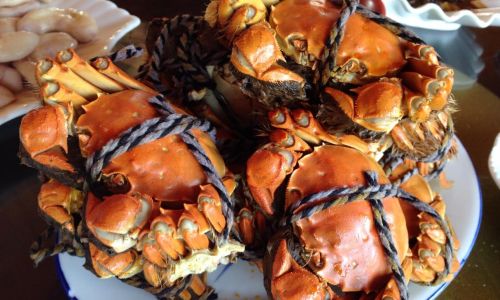
- Issue: Uneven cooking and prolonged steaming time.
- Fix: Use a larger pot or cook in batches.
-
Using High Heat:
- Issue: Rapid boiling can toughen the meat.
- Fix: Maintain a gentle simmer after the initial boil.
-
Undercooking:
- Issue: Raw meat poses health risks.
- Fix: Always verify doneness using multiple methods (color, texture, thermometer).
-
Skipping Thawing:
- Issue: Frozen crabs cook unevenly.
- Fix: Thaw thoroughly in the refrigerator.
Advanced Tips for Perfect Results
- Ice Bath Post-Steaming: Plunge cooked crabs into an ice bath for 1–2 minutes to halt cooking and firm the meat.
- Season the Steaming Liquid: Add a splash of white wine, sake, or vinegar to the water for a subtle flavor boost.
- Serve with Complementary Sauces: Try chili-garlic aioli, tangy cocktail sauce, or a citrus-herb vinaigrette.
- Repurpose Leftovers: Shred leftover meat for crab cakes, salads, or omelets.
Nutritional Benefits of Ice Crabs
Ice crab meat is a low-calorie, high-protein powerhouse. A 3-ounce (85g) serving contains:
- Calories: 70–80
- Protein: 16g
- Omega-3 Fatty Acids: 200–300mg
- Vitamins: B12, zinc, and selenium
Its lean profile makes it ideal for health-conscious diets, while its mild flavor appeals to palates of all ages.
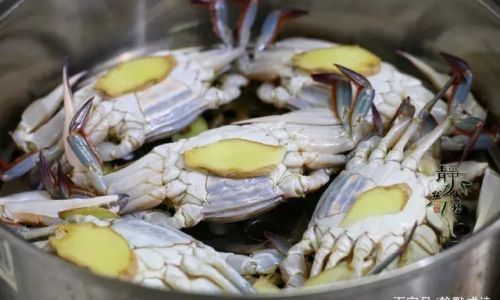
Safety and Storage Guidelines
- Handling Raw Crabs: Wear gloves if sensitive to shellfish, and avoid cross-contamination by using separate cutting boards.
- Storing Leftovers: Refrigerate cooked crab meat within 2 hours of cooking and consume within 3 days.
- Freezing: Wrap cooked meat tightly in foil or freezer-safe bags for up to 3 months.
Troubleshooting Guide
| Problem | Solution |
|---|---|
| Meat is tough/rubbery | Reduce cooking time by 2–3 minutes. |
| Shells are hard to crack | Steam for an additional 1–2 minutes. |
| Meat tastes bland | Enhance with aromatic steaming liquid. |
| Crab is waterlogged | Avoid overcrowding; increase heat. |
Cultural Significance of Steamed Crabs
Steaming crabs is a ritual in coastal communities worldwide. In regions like Alaska and Canada, ice crab feasts symbolize abundance and community, often served with corn on the cob, potatoes, and draft beer. The dish’s simplicity reflects a deep respect for the ocean’s bounty.
Conclusion: The Pursuit of Perfection
Steaming ice crabs is an art that rewards attention to detail. By understanding the interplay of size, temperature, and technique, even novice cooks can achieve restaurant-quality results. Whether you’re hosting a seafood boil or preparing an intimate dinner, mastering the steaming process ensures that every bite of ice crab meat is a celebration of flavor and texture. So, fire up the steamer, set your timer, and embark on a culinary journey that honors this icy-water treasure.
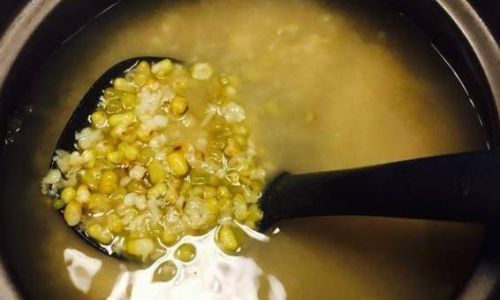
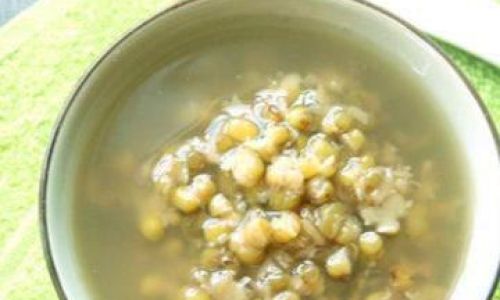
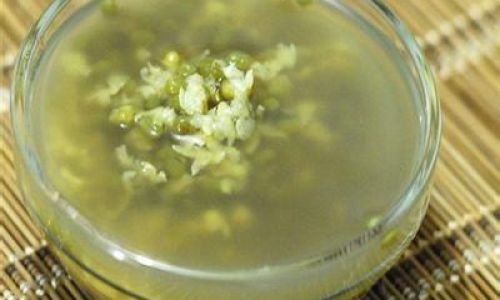
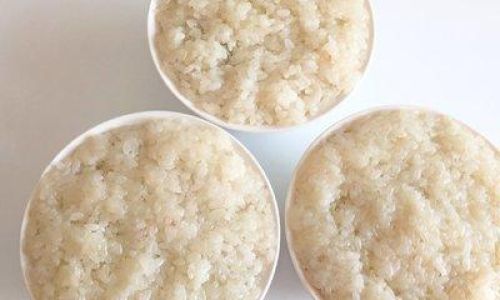
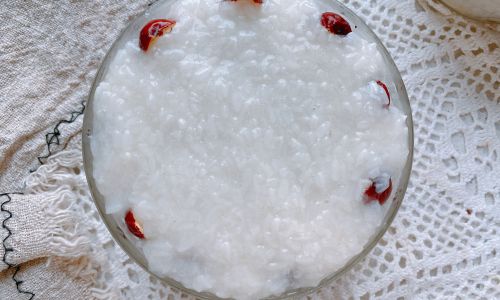

0 comments